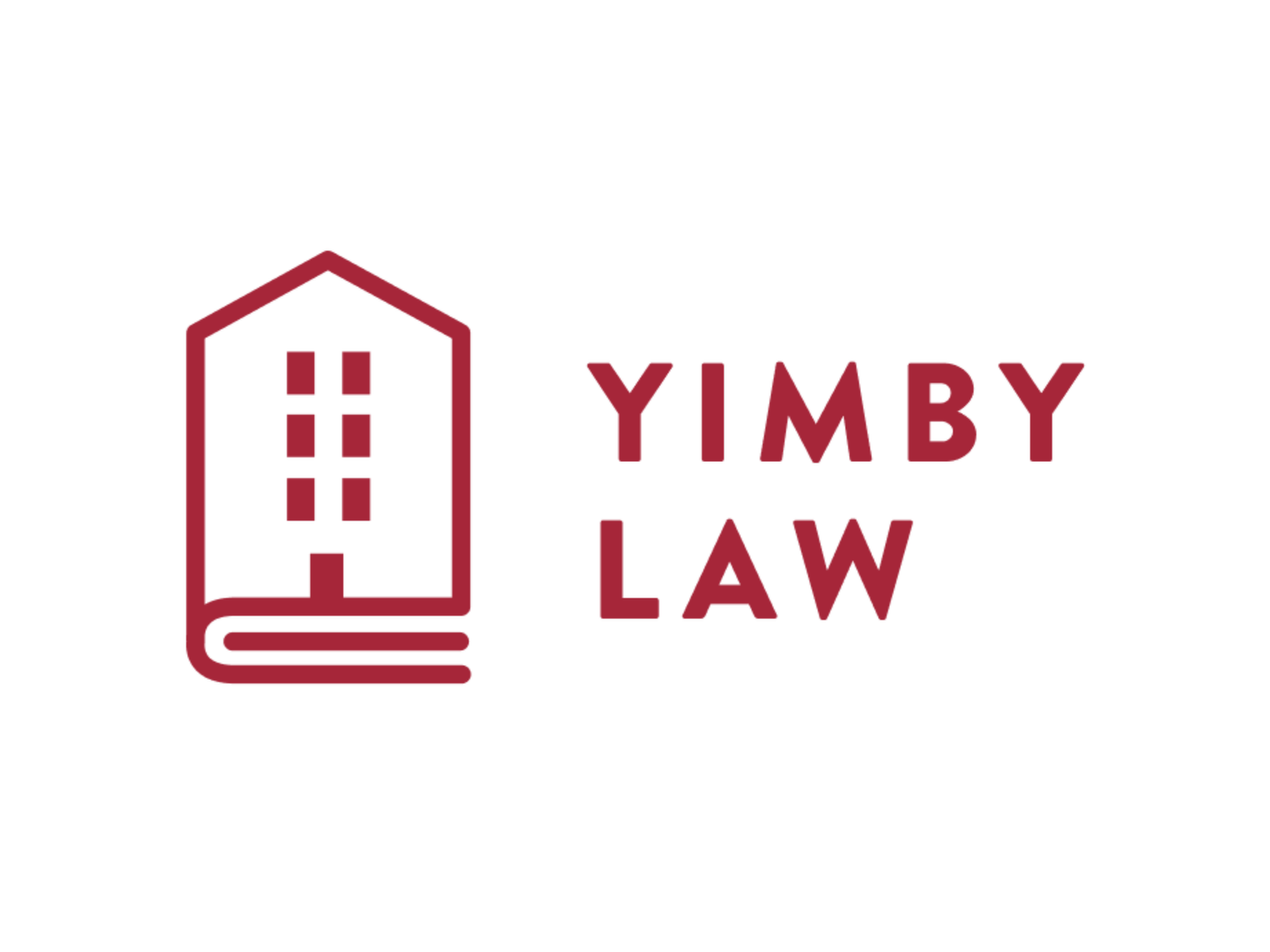Status: Appeal won 10/23/2023
Suing the Suburbs
Fighting down zoning in the lowest density zones
Is it even possible to downzone a single family area?
That is the question at the core of this case. Our answer: a resounding yes.
Update: Los Angeles County Superior Court Judge, Hon. Mary Mary Strobel ruled in YIMBY Law’s favor on February 22nd, 2022, and issued her judgment on May 26th, 2022. The city appealed the ruling, and the court upheld the original ruling. The judgment from the appellate court was released on October 27th, 2023.
Why do single family zones matter?
Of the land in California where housing is permitted, 70% of it is zoned for single family housing only. Therefore, YIMBYs have to be concerned with what happens in single family zones. Now that SB 9 has passed, these formerly single family zones are (supposedly) duplex zones, which makes the regulation of building in these zones even more relevant.
In addition, single family zoned areas are richer, whiter and more politically powerful than areas with multi-family (apartment zoning). In fact, the relative lack of political power is exactly why these areas have such low density zoning. There is a lot of attention paid to whether marble countertops or a roofdeck or a dog washing station are luxury amenities, but the truth is, exclusivity is the most prized luxury amenity. And the highest income people are able to organize to get it.
Therefore, a policy where YIMBYs restrict our advocacy or enforcement efforts only to areas that are already zoned multifamily, or only on apartment projects would be a policy that doubles down on, and reinforces, existing inequitable land use patterns. We are here to densify the suburbs. That means fighting for upzonings, and fighting against downzonings, especially in our lowest density areas.
On July 13th, 2020 Culver City City Council passed a down zoning that affects all single family residential districts in Culver City. There are 2 major components to the down zoning:
A decrease the allowable square footage of the typical house by 25%. Specifically, the city council reduced the allowable “Floor Area Ratio” (FAR) from 0.6 to 0.45. For a typical residential lot in Culver City, that change reduces the allowable square footage by 750 square feet. The reduction is easily equal to 3 bedrooms.
A change in the definition of a housing unit to specify that a single housing unit may have only one kitchen. Based on notes from internal meetings, this change was made to prevent owners of single family homes from breaking the homes up into multiple units.
Per SB 330 which passed in 2019, cities in California are prohibited from “Changing the … zoning of a parcel or parcels of property to a less intensive use or reducing the intensity of land use within an existing … zoning district below what was allowed under the land use designation and zoning ordinances of the … affected city … as in effect on January 1, 2018 …. For purposes of this subparagraph, “less intensive use” includes, but is not limited to, reductions to height, density, or floor area ratio …” (California Gov Code § 66300(b)(1))
Culver City’s downzoning is therefore illegal. Not only are they reducing floor area ratio (FAR), which is explicitly prohibited in the statute, they are also reducing the intensity of use by reducing the number of possible bedrooms and kitchens.
Culver City’s position is that because these are single family zones, it is impossible for them to be further downzoned. At the same time, they are demonstrating how, even in a single family zone, it is clearly possible to frustrate the number of households within a certain area, by overall taking away potential residential square footage of any type (including space for bedrooms) and specifically removing kitchens.
The cheapest, fastest, least disruptive way of quickly expanding our housing supply is to allow homeowners to break up large houses into apartments and also to allow homeowners to redevelop their small single family houses into small apartment buildings. This is why state and local legislators have begun introducing bills to permit duplexes or 4-plexes everywhere (see SB 9, or 4-plex zoning in Sacramento, Berkeley and Oakland). It is also why YIMBY Law is seeking to prevent this downzoning in Culver City. By seeking to reduce the size and “bulk” of the buildings in their single family zone, and by prohibiting multiple kitchens, Culver City single family neighborhoods are seeking to frustrate their gradual densification and democratization.
Click here for the Culver City zoning map.
Click here for the text of the zoning amendment.
Click here for the letter YIMBY Law sent opposing the down zoning.
Contact Sonja Trauss <sonja@yimbylaw.org> if you have any questions.

